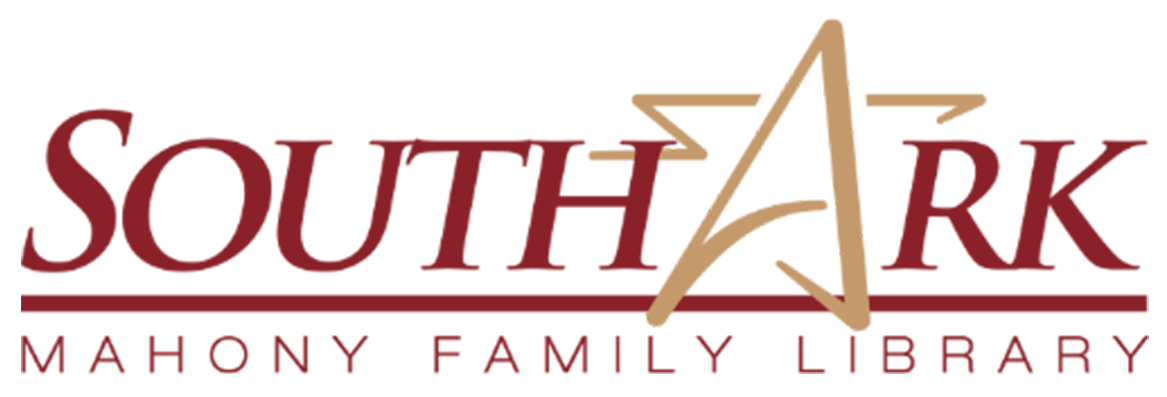
Academic Integrity: Be Honest, Be Original, Be You!
Academic integrity is the foundation of a fair and thriving learning environment. It's about honoring your own work and the work of others. This page will guide you on how to be honest and ethical in your research and assignments.
Plagiarism
The practice of taking someone else's work or ideas and passing them off as one's own.
Oxford Dictionary
noun
How do I avoid plagiarism?
Avoid plagiarism in your writing by:
1. Taking good notes
2. If you're not sure, cite the source
3. Clearly state who said what
4. Learn how to paraphrase
5. Use good, reliable sources.
Get more help!
Copyright
the exclusive legal right, given to an originator or an assignee to print, publish, perform, film, or record literary, artistic, or musical material, and to authorize others to do the same.
Oxford Dictionary
noun
Title 17, United States Code:
What is copyright? It is a method of protection provided by U.S. law to authors of original intellectual works, including literary, dramatic, musical, artistic, and any other creative forms.
Copyright owners have exclusive rights to authorize reproduction of their work, sale or distribution or their work, and public display or performance of their work.
What provisions were adopted at the Berne Convention? In short, copyright could be formed merely by putting a creative work in a tangible form. Authors do not need to obtain an official federal copyright to own rights to their work.
Here are some examples of copyrightable works:
Literary works
Musical works, including music and song lyrics
Dramatic works, which includes the musical accompaniment
Visual arts, including two and three dimensional works
Audiovisual works, including motion pictures
Sound recordings
Architectural works, including drawings and plans
Here are some examples of creative works that are NOT protected by copyright:
Works not that is not fixed in a tangible form (ex. improvisational performances that have not been recorded)
Titles, short phrases, slogans (these may be protected under trademark law)
Ideas and concepts
Works consisting of information that is common property (ex. data)
Works in the Public Domain
Open Web Materials
Materials from the open web should be linked to that website.
Avoid copying and pasting online readings into documents or saving .pdfs for the classroom.
It's almost always safe to link to material on the open web. Link to material whenever possible.
Images
Images of all kinds (photographs, drawings, or graphic designs)are protected under copyright law. Even if it's available on the open web, doesn’t mean it can be legally reproduced in the classroom.
Remember, a work is only copyrighted if it displays sufficient human creativity.
Photographs of artworks created before January 1, 1923 are often not copyrightable, as these do not show sufficient human creativity. However, if a photograph of a painting or sculpture can be considered artistically distinctive in some way, it may be protected under copyright law.
For more information, check out The Digital Millennium Copyright Act of 1998 for more specific information regarding multimedia material on the open web.
